Part #: TSD191
Thermode for Thermal Stimulation
The TSD191 Thermode has a 30 mm x 30 mm contact area to deliver hot/cold thermal stimulation pulses when driven by the Stimulation Control Unit (SCU). The method of delivery for heating and cooling is Peltier – thermoelectric. The thermal response’s baseline will be the resting (normal) temperature of the Thermode in the ambient environment.
The thermal probe incorporates a built-in heat sink and fan; the venting areas between the stimulation area and the heat sink should remain unobstructed to ensure proper operation.
Ships with three straps: 20 cm x 25.4 mm; 33 cm x 25.4 mm; and 76 cm x 25.4 mm. For additional straps, use BN-STRAP Series.
The TSD191 is included with the STMTHERM Thermal Stimulator but may also be ordered separately.
Details
Videos
Integrating BIOPAC Research Systems | Data Acquisition & Analysis
Event Marks
Focus Areas | Automatically Create Using Define Between Events
Support
Downloads/Resources
Knowledge Base
- * CLEANING GUIDELINES *
- About License Keys
- AC mode
- AcqKnowledge accuracy
- AcqKnowledge iLok key lost or unavailable
- Amplifier analog output signals
- Amplifier filter settings
- Arbitrary waveform stimulation
- Band-pass and band-stop filters
- BioNomadix Signal Interruption
- Calculating file sizes
- Calibration values
- Checking Finger Cuff Lifetime for NIBP100D/NIBP100D-HD
- Common mistakes/general troubleshooting
- Connecting Calibration Gas Tanks & Mixing Chambers
- Editing noisy data
- Electrodermal activity measurements
- Event Markers | Correcting Automated Placement
- Excel files exported from BIOPAC software open in Excel 'Protected View'
- Glossary of specification terminology
- Grounding guidelines
- High pass filters
- How can I move QRS peak event marks from the bottom of S waves to the top of R waves?
- Installation CD/DVD lost or damaged...how can I re-install software?
- Interfacing third-party transducers
- Low pass filters
- Notch filter
- Railing signal (flatline)
- Recording good data
- Troubleshooting MP160 Ethernet Communication
- Using other software with BIOPAC hardware
- VREF, reference excitation voltage
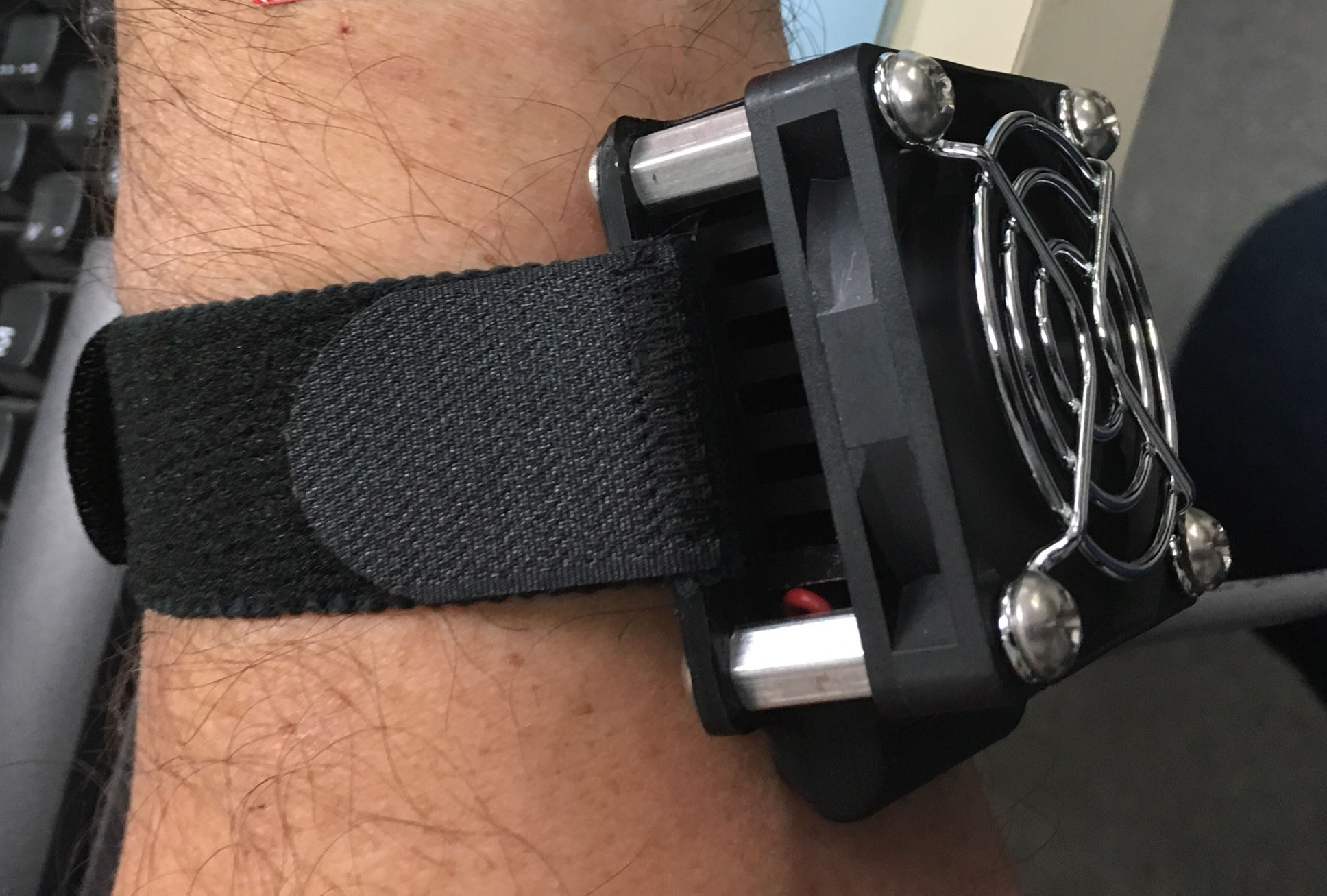



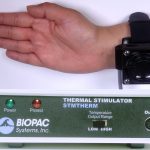
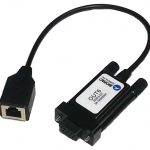
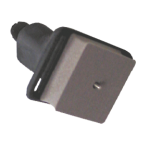
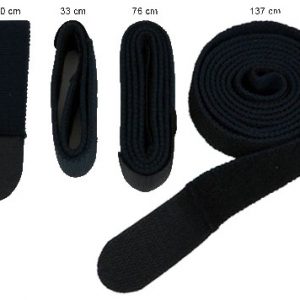
Stay Connected